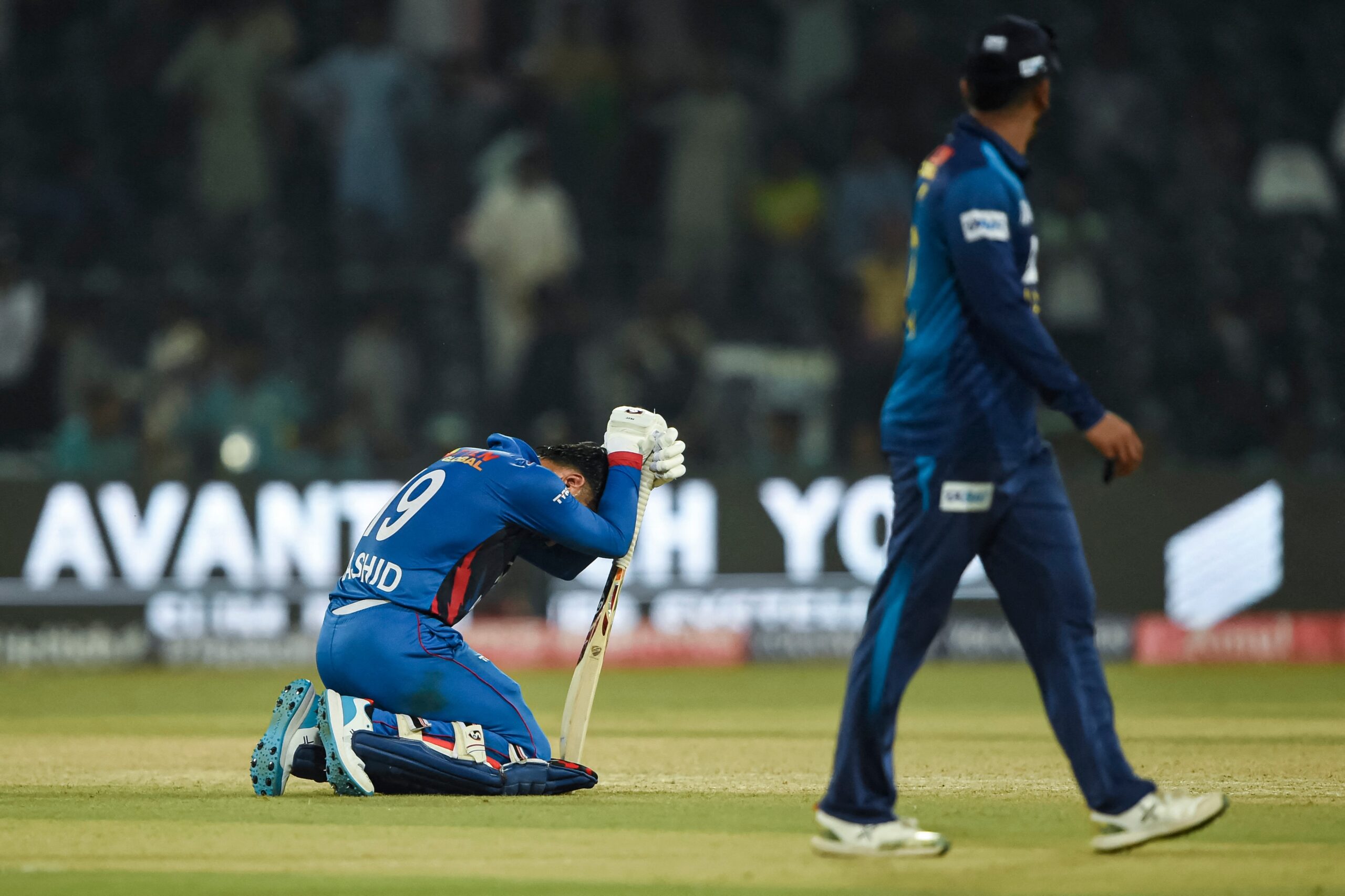Farmers burn stubble on a rice field amid the ongoing air pollution at Mansa in Punjab.
| Photo Credit: REUTERS
The Supreme Court has put the Centre for Air Quality Management (CAQM) in the dock to respond, on November 25, to allegations that it hid information that stubble-burning farmers knew about the timings of satellites tasked to spot fires, but the statutory body argues that its interventions reduced crop burning in Punjab by 71% and 44% in Haryana over the past four years.
The CAQM has strongly objected to petitioners’ push in court to have a body of retired judges supervise the drive against crop burning. In its latest affidavit in the top court, the CAQM said at the time of its inception in 2021 through the Commission for Air Quality Management in National Capital Region (NCR) and Adjoining Areas Act, the incidents of stubble burning in Punjab numbered 70,856 and 6,464 in Haryana, respectively.

There has been a steady decline in the following years. In 2022, 2023 and till November 19, 2024, the stubble burning incidents in Punjab were 49,283, 35,093 and 10,104, respectively. Similarly, it was 3,491, 2,123 and 1,183 in Haryana from 2022 to 2024.
Facing criticism in court that it had gone soft on violators, CAQM said it has inspected 9,304 fields in Punjab and 1,153 in Haryana as on November 19 this year.
Environmental compensation
It said the cumulative number of cases in which environmental compensation has been imposed were 4,915 and 545 in Punjab and Haryana, respectively. The CAQM affidavit informed that ₹1,13,67,500 and ₹12,52,500 was realised as environmental compensation from the two respective States till November 19.
The statutory body said it was not enforcing a “toothless” law, and had registered 5,038 FIRs in Punjab and 574 FIRs in Haryana under Section 223 (disobeying the order of a public servant) of the Bharatiya Nyaya Sanhita (BNS). Further, a total of 111 officials in both Punjab and Haryana have been prosecuted under Section 14 of the 2021 Act for acting in contravention of its provisions.

Additional Solicitor General Aishwarya Bhati, appearing for CAQM, said it was “trying to develop a protocol for burnt area assessment” to capture the exact number of farm fires from the blackened fields.
“CAQM has written to the Indian Space Research Organisation (ISRO) to develop a burnt area protocol… In fact, it has been developed and is under test,” Ms. Bhati had informed the top court on November 22.
‘Unforeseen situations’
Interestingly, while the CAQM agreed with the court that Graded Response Action Plan-3 and -4 restrictions ought to be put in place in advance well before the air quality gets worse, it argued that the court must also take into consideration certain “unforeseen” situations because of which the enforcement of these “disruptive” restrictions may get delayed a bit.
“For example, restrictions on truck traffic entering Delhi, inter-State buses to Delhi, ban on BS-III and below diesel-operated LCVs (goods carriers) from entering Delhi as well as the ban on plying BS-III petrol and BS-IV diesel LMVs in Delhi and other NCR districts. Restrictions also affect vehicles which have entered NCR or are midway through their journey in Delhi-NCR. Such vehicles would require some time to exit the prohibited areas,” CAQM illustrated to the court.
Published – November 24, 2024 06:25 am IST


















